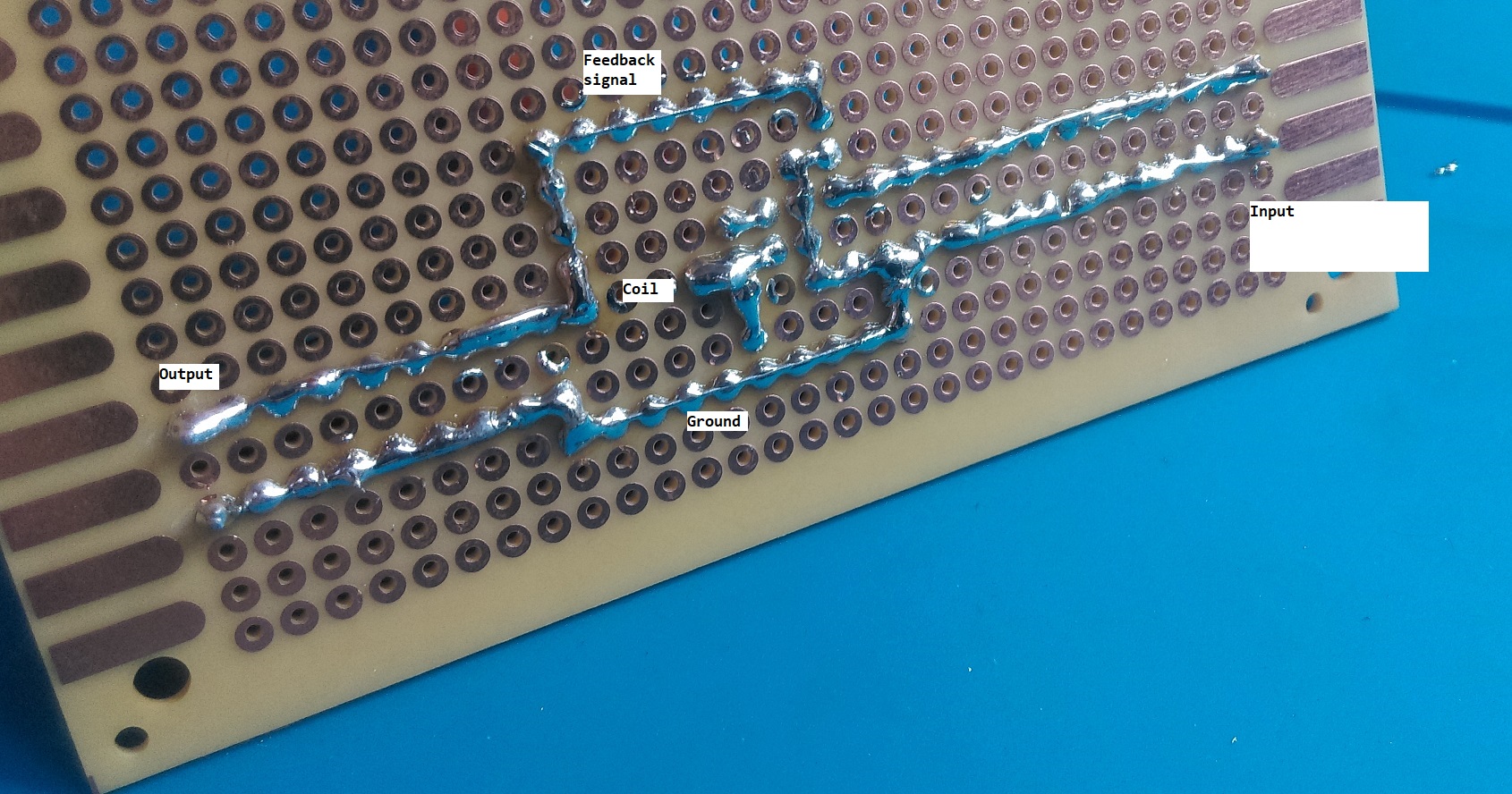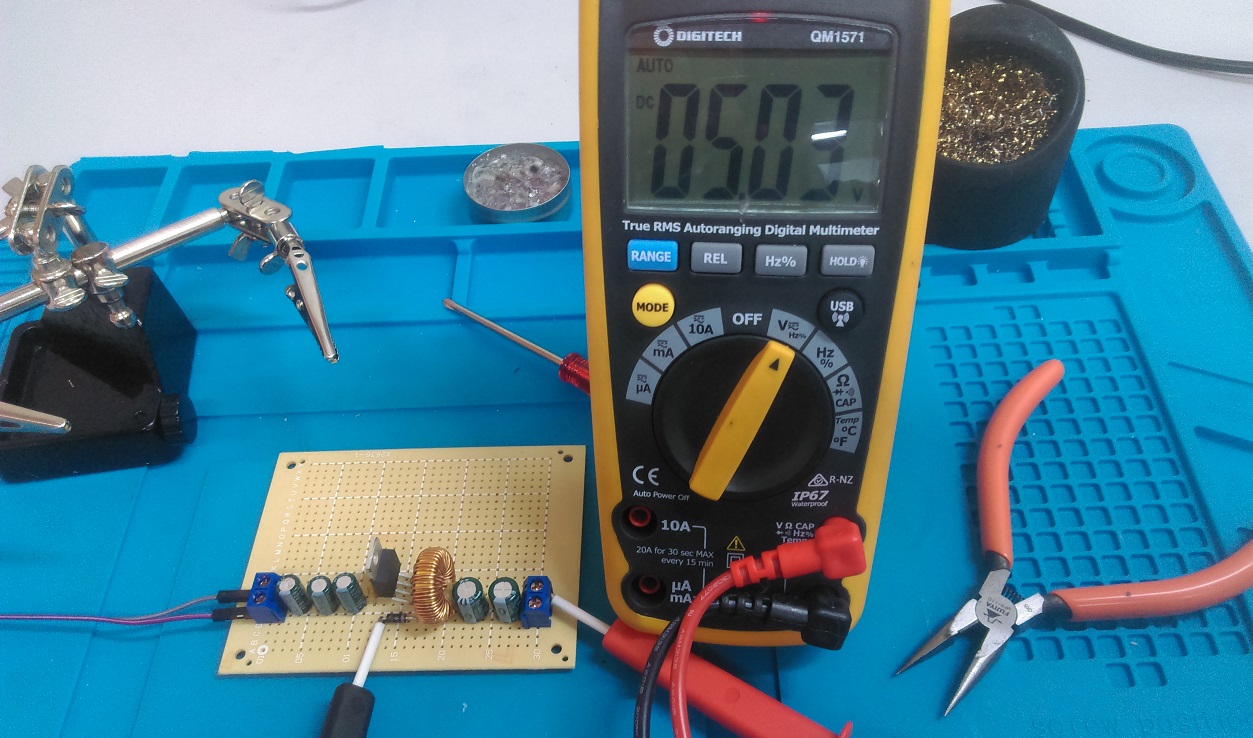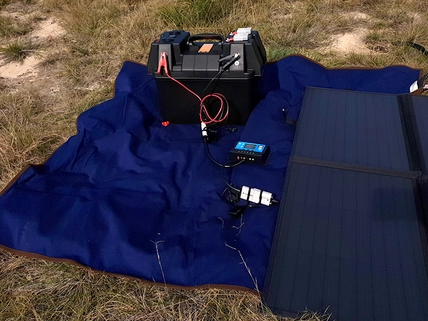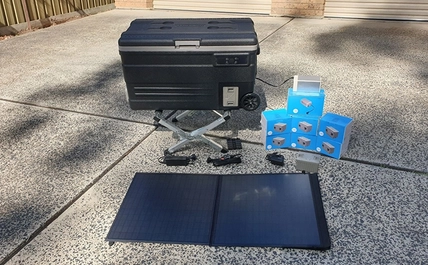High Efficiency Power Supply
Difficulty
Power
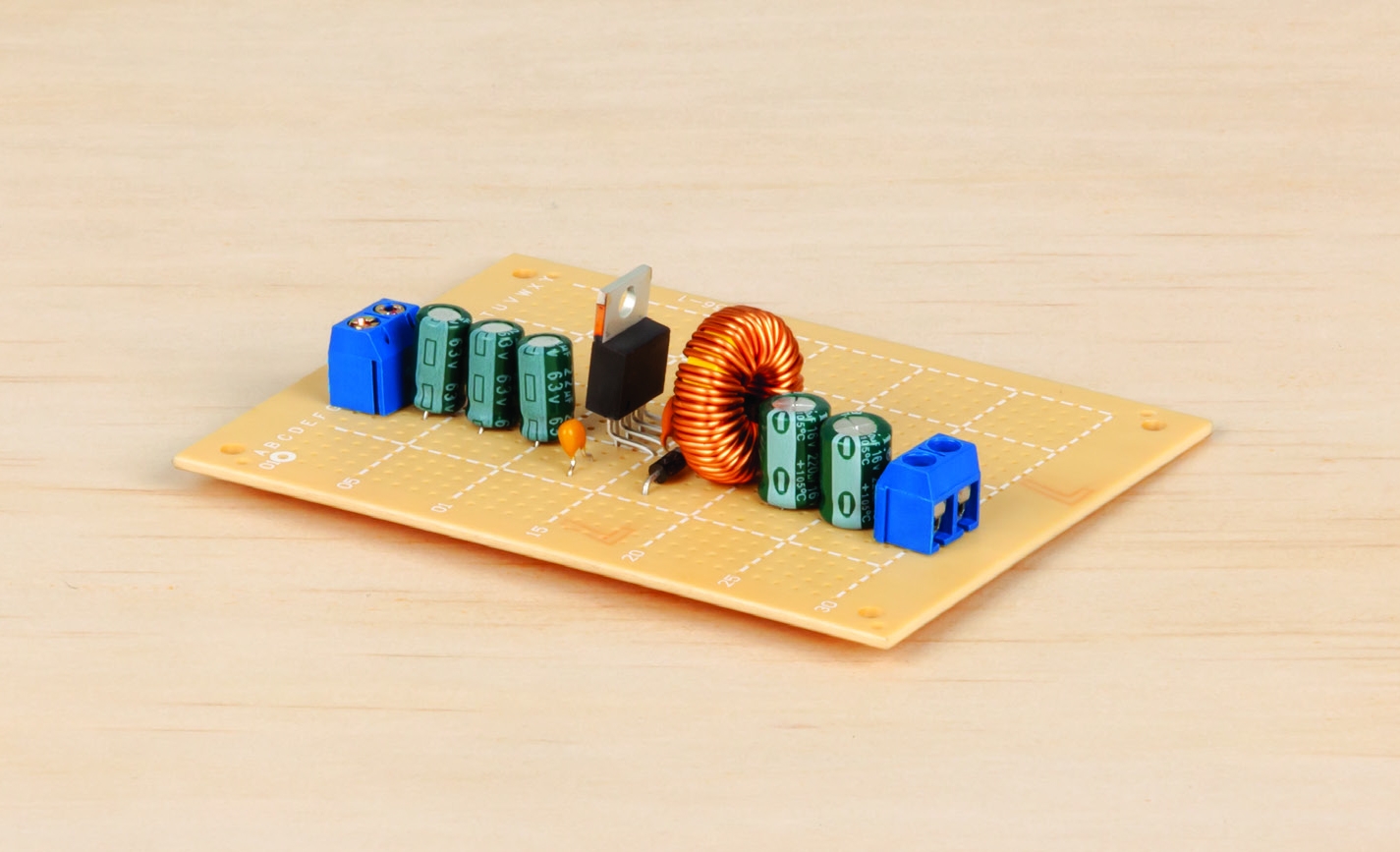
Summary
Learn the basics of electronics in making this high efficiency 5V power supply. Using the professional standard LM2678 5V step down ( or "buck" ) regulator, we can design a power supply that takes any voltage between 5-37 and bring it down to a constant and stable 5V rail. perfect for use in your projects. You will also learn the basics of how to read and understand datasheets.
Materials Required
| 1 | Voltage Regulator LM2678T-5 +5V step-down 5A TO-220-7 | ZV1636 |
| 3 | 22uF 63VDC Low ESR Electrolytic Capacitor | RE6342 |
| 1 | 0.47uF 50VDC Monolithic Capacitor | RC5498 |
| 1 | 10nF 50VDC Ceramic Capacitors - Pack of 2 | RC5348 |
| 2 | 220uF 16VDC Low ESR Electrolytic Capacitor | RE6312 |
| 1 | 100uH 3A Prewound Ferrite Choke | LF1272 |
| 1 | 1N5819 Schottky Diode - 40V 1A DO41 | ZR1020 |
| 2 | 2 Way PCB Mount Screw Terminals 5mm Pitch | HM3172 |
| 1 | Universal Pre-Punched Experimenters Board - Small | HP9550 |
Table of Contents
- Checking the Datasheet
- Confirming the Specification
- Selecting the Components
- Laying out the PCB Board
- Step 1: Position the Starting Terminal and Input Capacitors
- Step 2: Place Regulator
- Step 3: Solder into Place
- Step 4: Place Regulator Components
- Step 5: Output Components and Final Soldering
- Final Test and Use
Similar projects you may be interested in



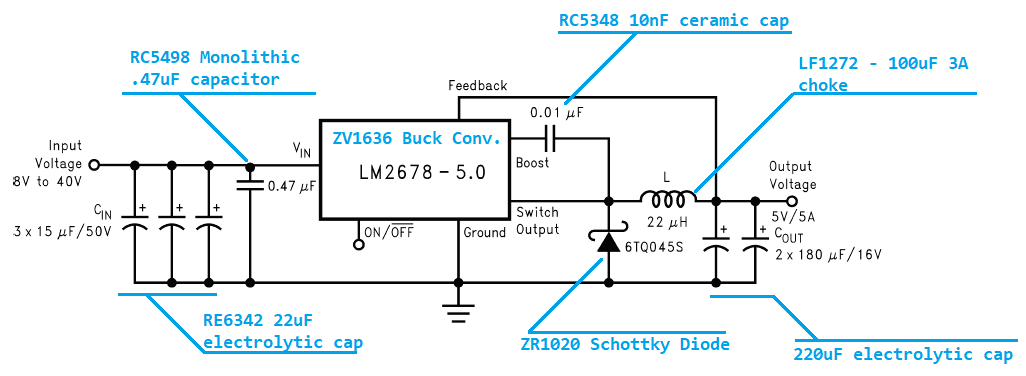
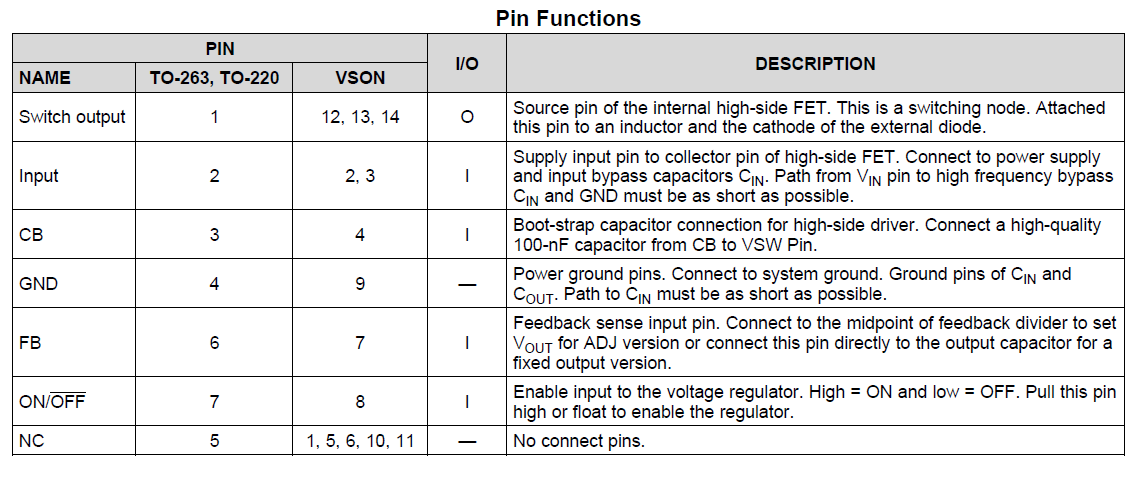
.jpg?branch=prod_main)
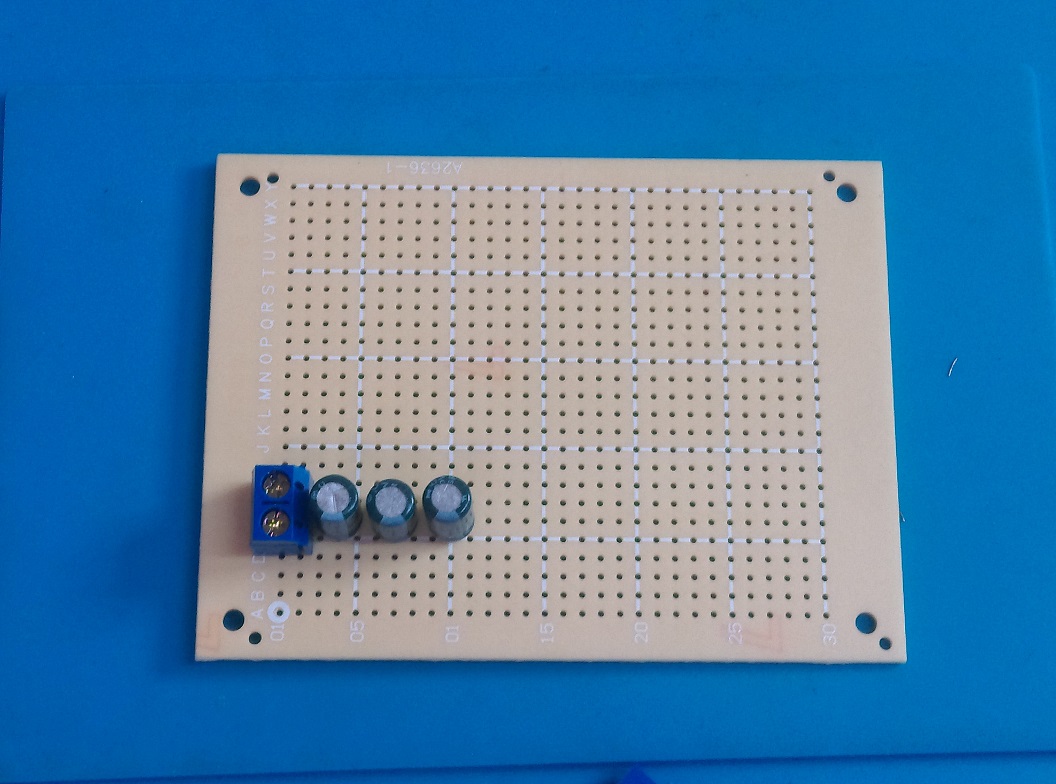
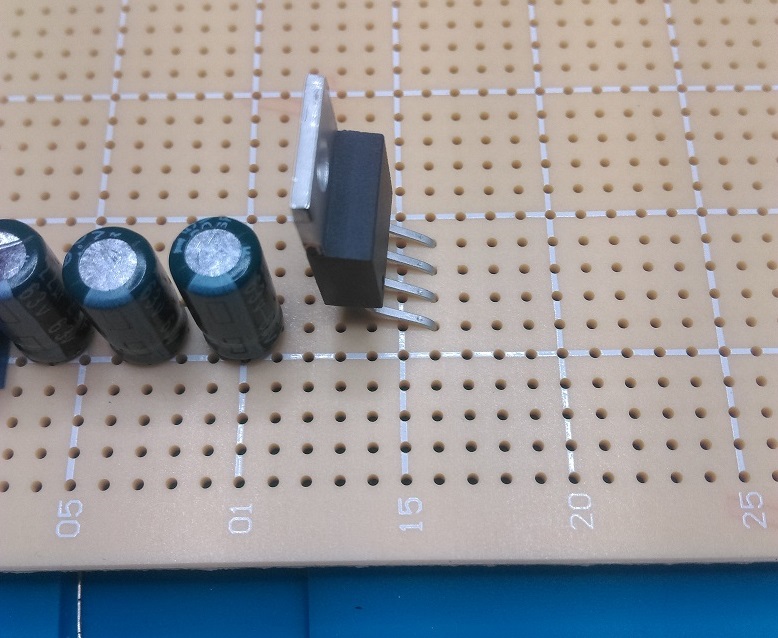
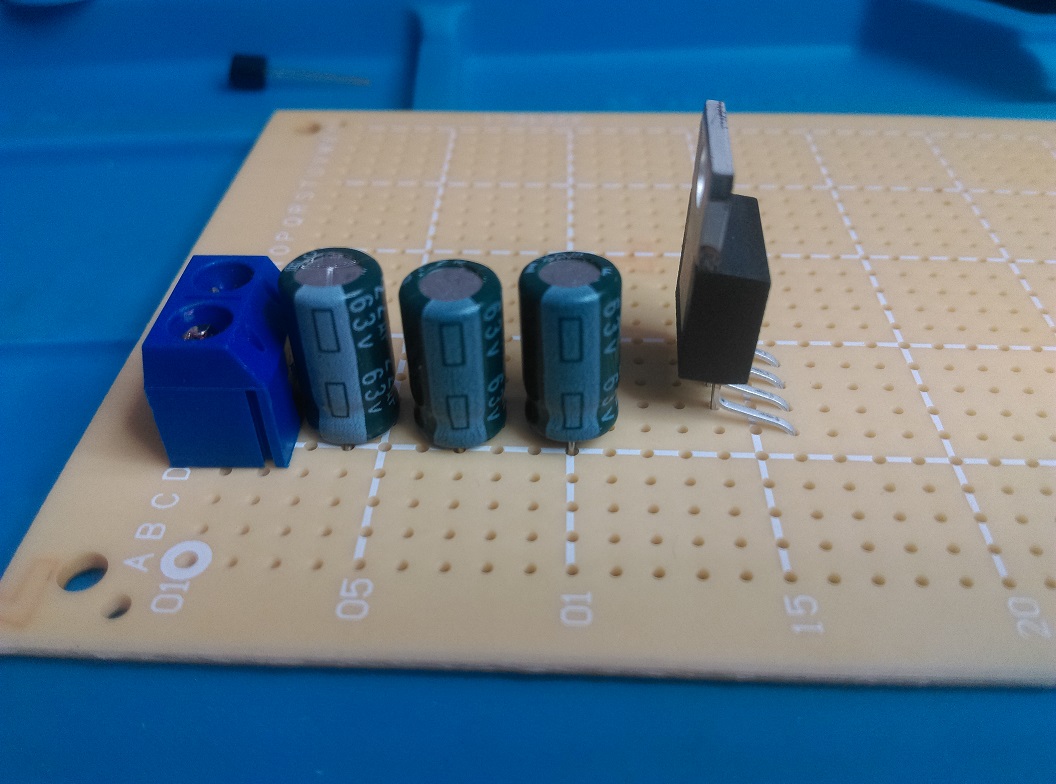
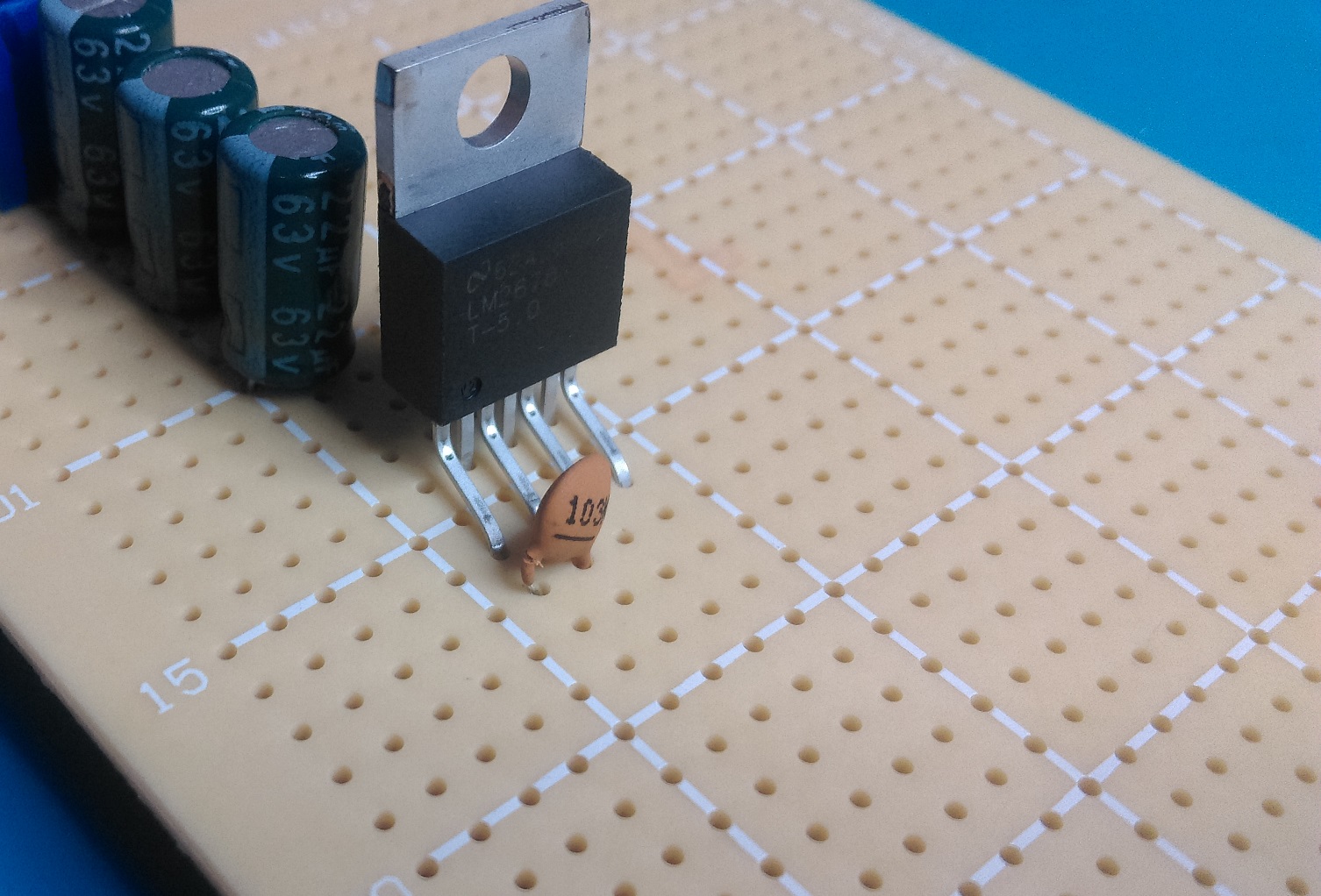
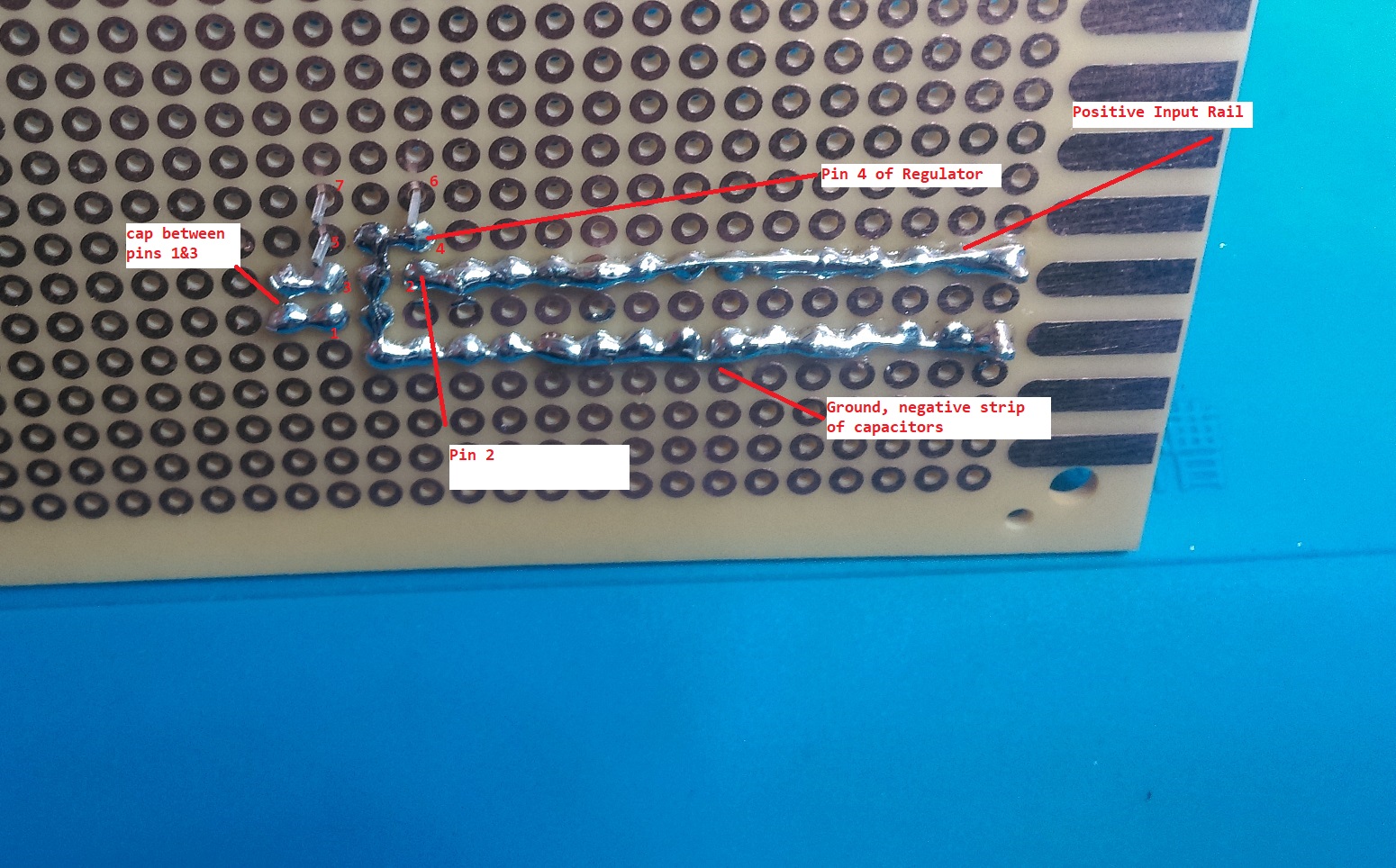
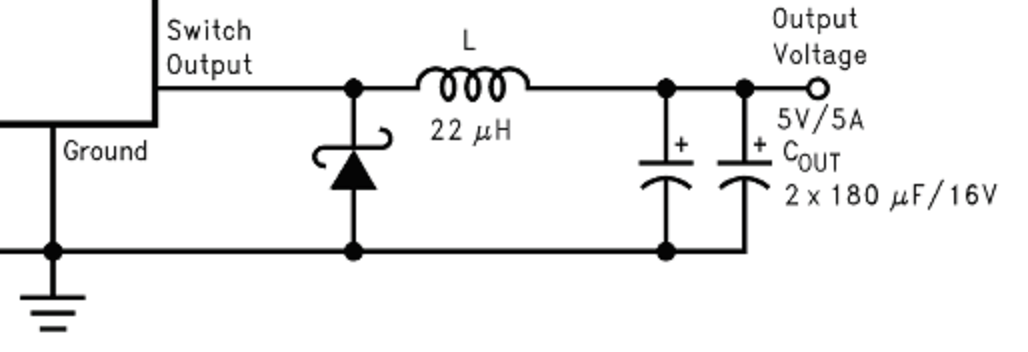
.jpg?branch=prod_main)

